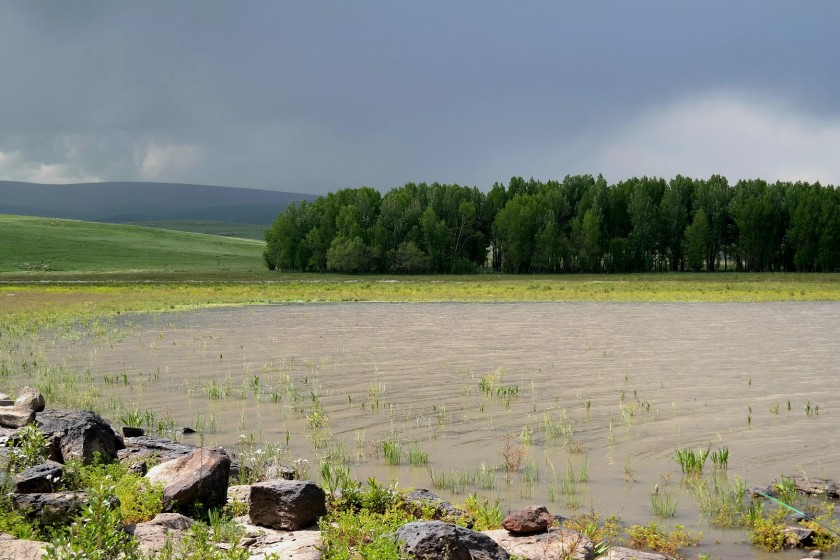
Northern Armenia's Eco-Rich Lake Arpi National Park: Poor Infrastructure Hinders Tourism
Yeranuhi Soghoyan
Lake Arpi, located 2,025 meters above sea level in Armenia’s Shirak Province, is attractive especially at sunset, when the water reflects the sun, clouds and various birds flying in the air.
Lake Arpi serves as an artificial reservoir. The embankment was built in 1951, turning Arpi into the second largest water reservoir in Armenia after Lake Sevan, with water volumes ranging from 20 to 100 million cubic meters, depending on the weather.
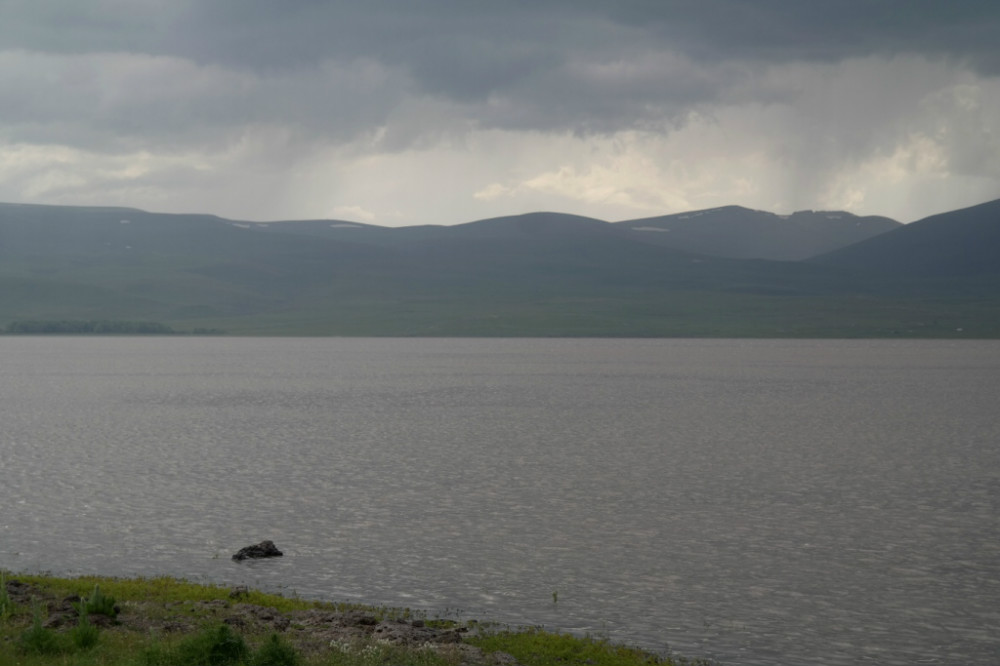
The lake gets water from the River Yeghnajour and small streams descending from the mountains. The lake is the source of the Akhuryan River.
In this mountainous region, winter starts in October and ends in April-May. People joke that they have two seasons here - eight months of winter and four months of spring. The fish is said to be delicious here, unlike the Akhurian reservoir. Eleven species of fish are registered in Lake Arpi, including trout.
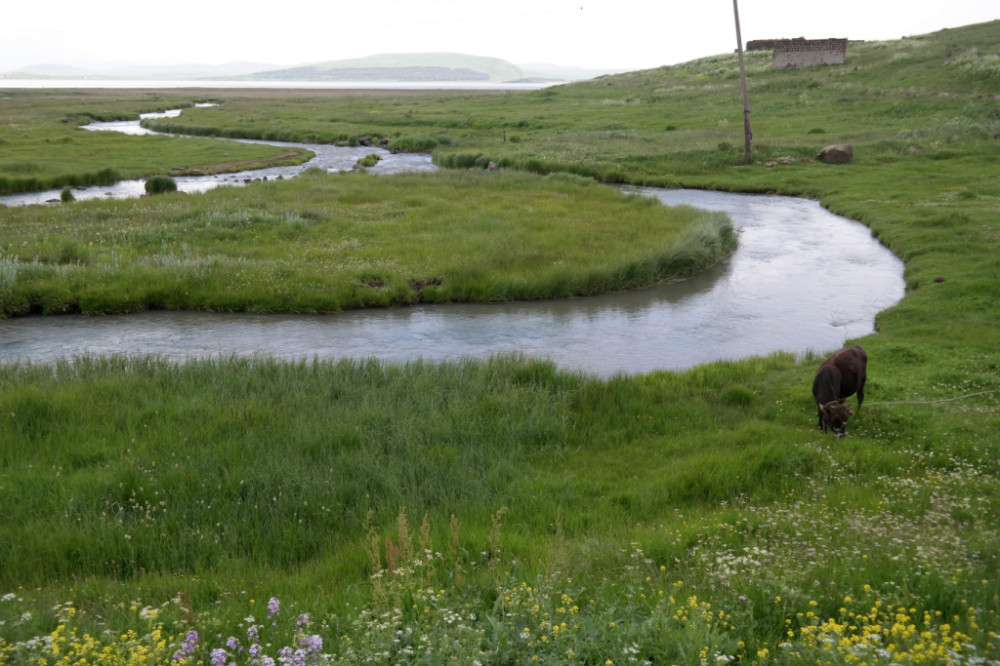
There were Azeris living in the surrounding villages in the Soviet era. Lake Arpi was strictly monitored back then: fishing was permitted only with hooks. After Armenia’s independence in 1991, the neglected state of the lake had a great impact on its ecosystem. To make the things right again, the government decided to create Lake Arpi National Park (occupying 21,000 hectares) in 2009.
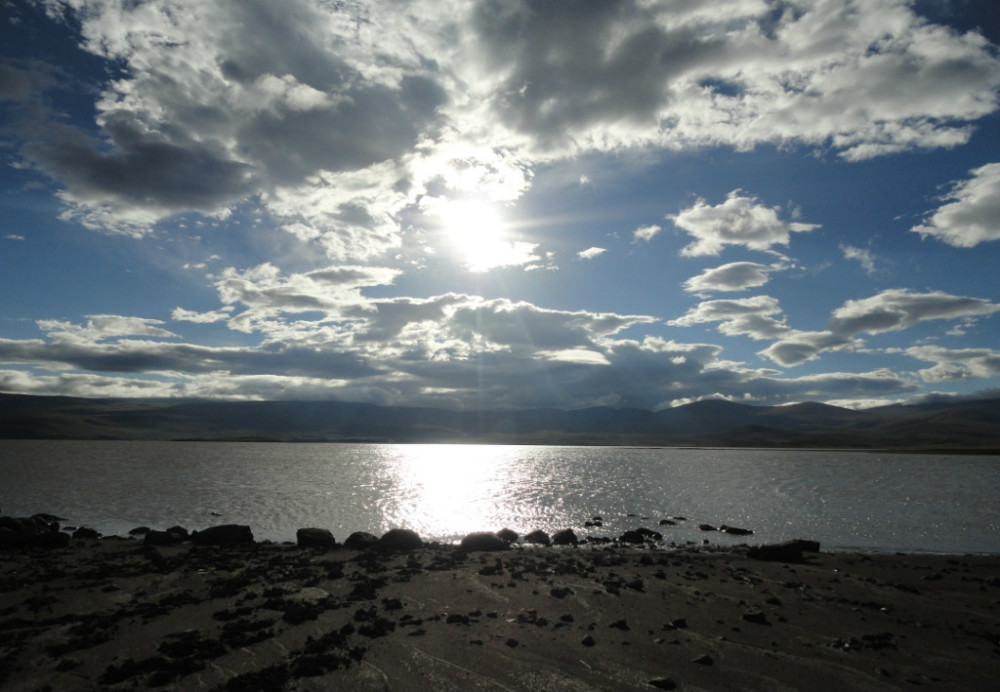
There are 670 plants growing in Lake Arpi National Park, of which 19 are included in the Armenian Red Book. Among the plants, there are many decorative ones, such as Caucasian gladiolus, Javakhq gladiolus, netted iris, iris pumila, water-lily, etc. There is pine, populus, juniper and other tree forests around.
There are 225 species of vertebrate animals registered in Lake Arpi National Park, including 14 species listed in the International Union for Conservation of Nature (IUCN) Red List of Threatened Species, such as the Eurasian otter, marbled polecat, lesser kestrel, etc. There are three species of amphibians, six species of lizards and four species of snakes, one of which is listed in the Red Book of Armenia and IUCN Red List, 193 species of birds, 32 of which are in the Red Book of Armenia and eleven - in the Red List of IUCN, 38 species of mammals, three of which are in the Red Book of Armenia and two - in the Red List of IUCN.
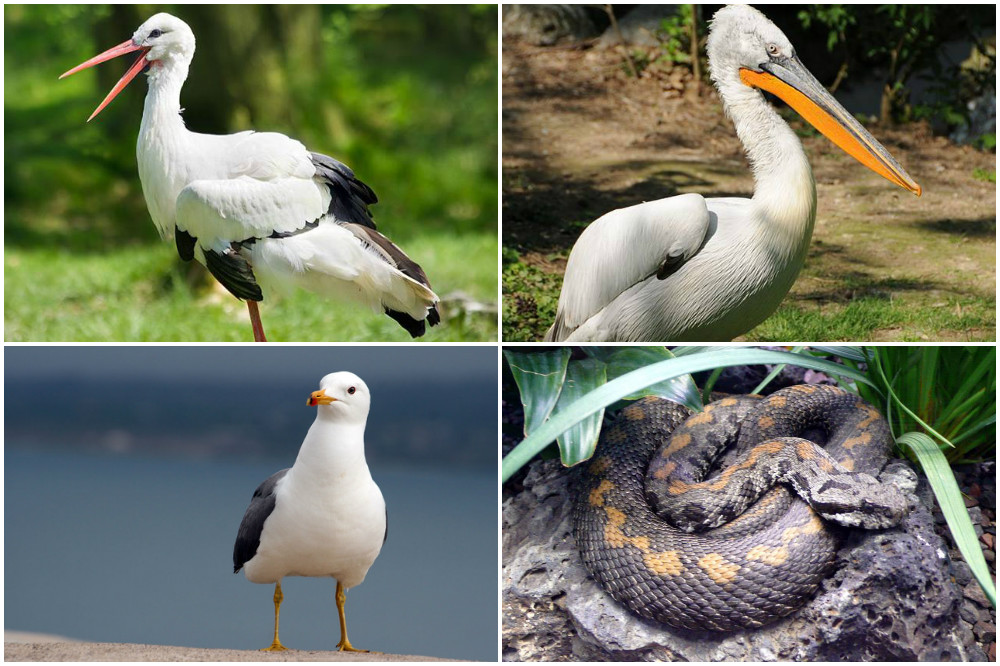
Photos (clockwise from upper left): stork, pelican, Darevsky’s viper, Armenian gull
The largest gull colonies in the world are located in the Lake Arpi area, where you can also see rare black storks. Dalmatian pelicans and Darevsky’s viper can be found nowhere else in Armenia but in Lake Arpi area. Seven species of birds are endangered here, including Dalmatian pelicans. Gray goose, gray crane and Armenian gull are also of special interest.
Artak Farzadyan, deputy director of the Lake Arpi National Park, says that illegal fishing in Lake Arpi is worrying. Fishing by unauthorized methods have resulted in the reduction of existing fish species - in quantitative terms and also in size. Farzadyan says that now the park area is strictly controlled.
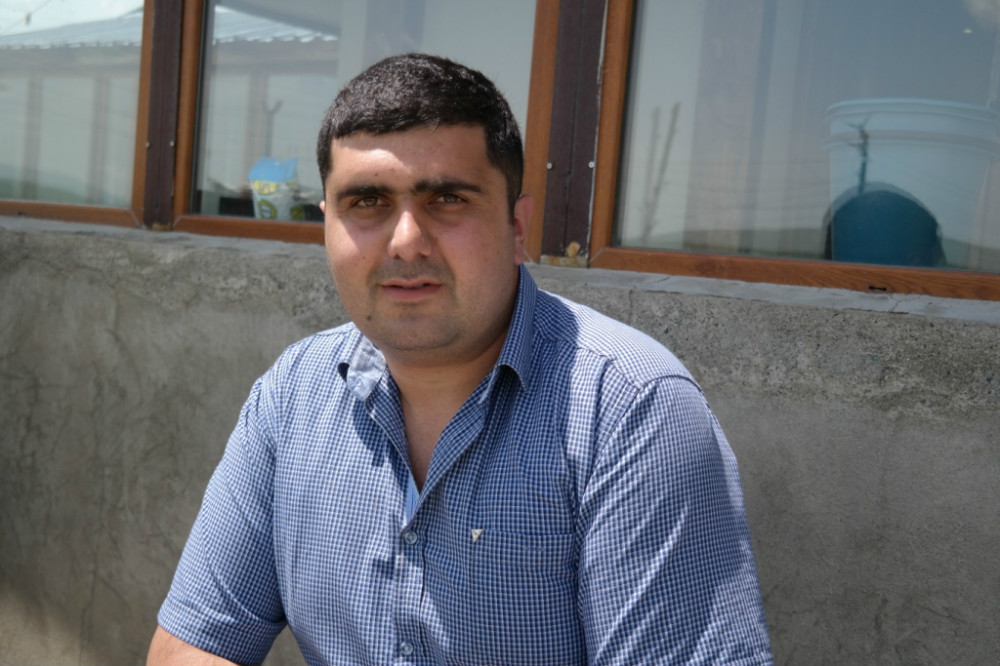
Artak Farzadyan
Hovsep Simonyan, the current director of Lake Arpi National Park, has been in office since June 2017.
He does not want to talk about the shortcomings of the former directors and unsolved issues, saying that he is ready to present the results of his one-year-work in the national park and the future steps he plans to take. In 2015, a criminal case was initiated against the former director Ara Petrosyan under Article 314 of the Armenian Criminal Code (official forgery).
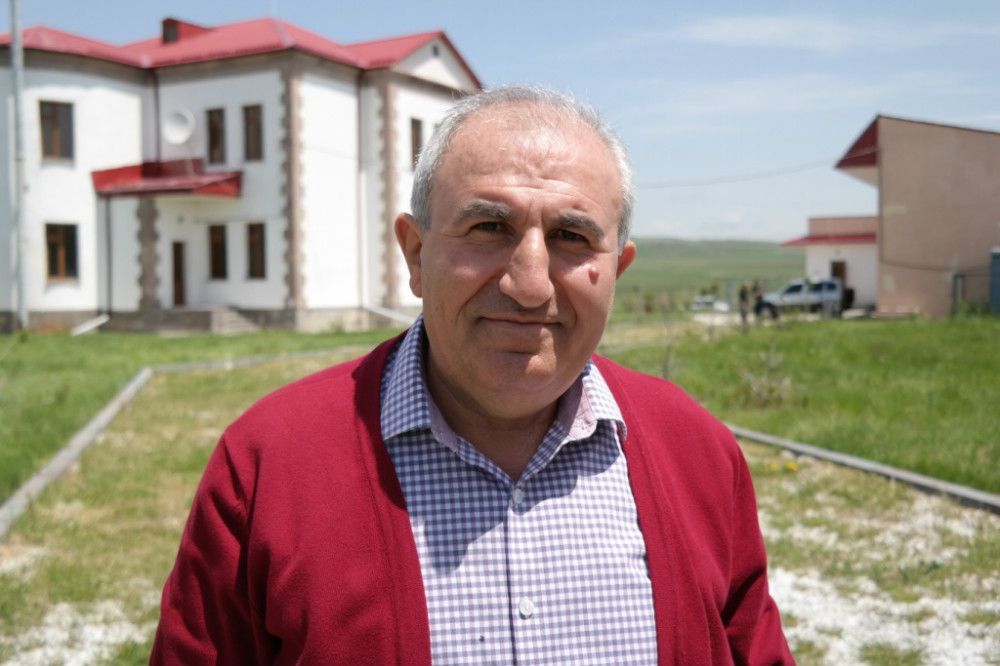
Hovsep Simonyan
Simonyan says they have measured the park lately, and if the area of the park was 26,000 hectares before, now they have given back 5,000 hectares. Now, the area is 21,000 hectares, of which the economic zone -10,667.8 hectares, recreational zone – 452.2 hectares, the reserve zone – 9,919.3 hectares. Simonyan did not elaborate on “extra” five thousand hectares and the lease money received for those territories.
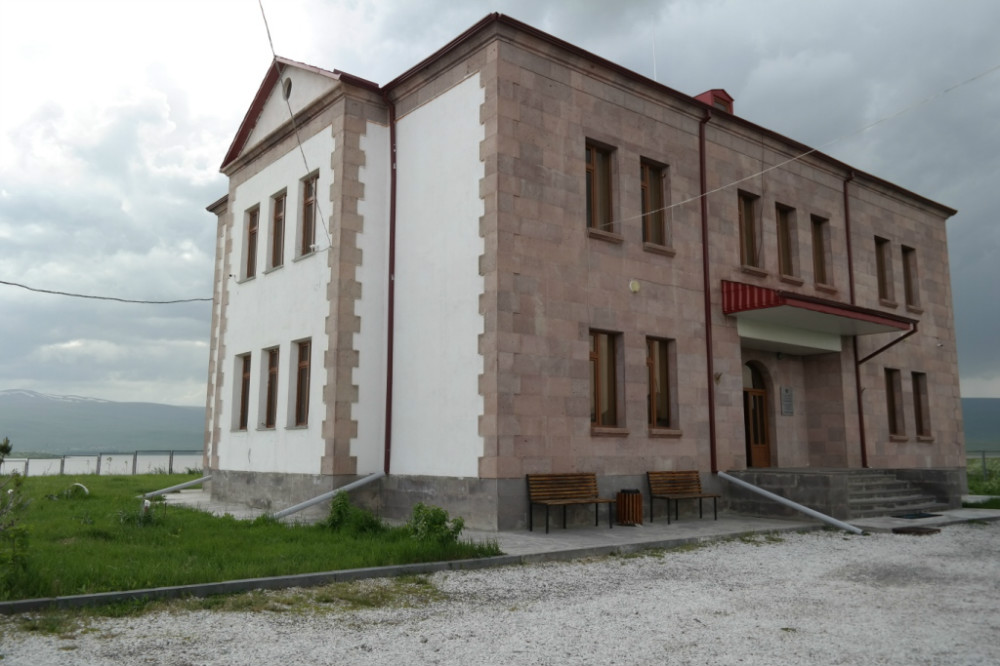
"We are now working to develop ecotourism here, for which we have all the opportunities, especially in winter, when we can have a wonderful rink over the frozen lake here. We can provide winter tents for visitors. We are looking for supporters to buy skis and skates. If any organization supported us, we would implement that project by this winter. "
All roads leading to Lake Arpi are in a terrible state, asphalted half a century ago. Poor roads also hinder tourism development at Lake Arpi. The issue has not been solved even after the national park was created.
A stable flow of tourists to the Lake Arpi National Park would also encourage rural tourism. Residents of nearby settlements could turn a part of their homes into guest houses in order to accommodate tourists. Development of local settlements and improvement of the residents’ quality of life were among the goals of creating the national park, but the results achieved over the past nine years are not that impressive - a few rural guest houses, a barely drivable Amasia-Berdashen highway, and a few projects of greenhouse establishment.
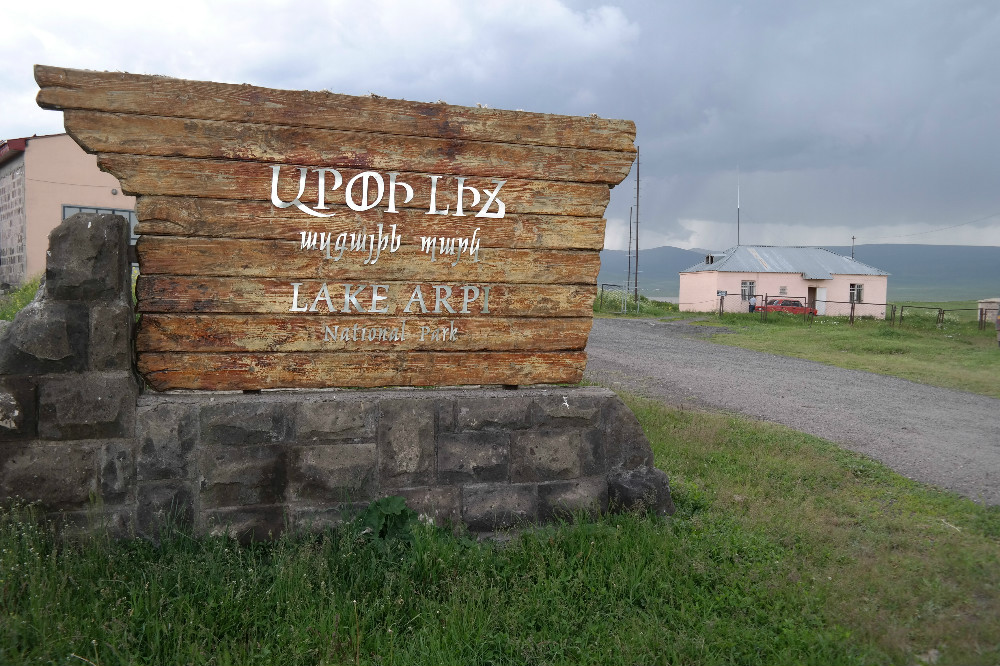
"The development of the park will directly impact the lives of the residents. Of course, this does not mean that a luxury hotel will be built; and there is no need for it. We are in the Alpine Zone, it’s a great place to be engaged in cattle-breeding and get ecologically clean food. In the whole world, eco food is considered the most valuable, and here we have clean air, water and soil, the food is produced by people, but there is no consumption," says Simonyan.
For those visiting Lake Arpi, there is a small guesthouse for four people in the park area, with a daily rent of 15,000 drams. In one room of the administrative building, there is also a possibility of overnight accommodation, costing 5,000 drams a person. Those who want to spend the night outdoors, may rent tents. Visitors may ride a horse and a four-wheel motorcycle to go around the lake.
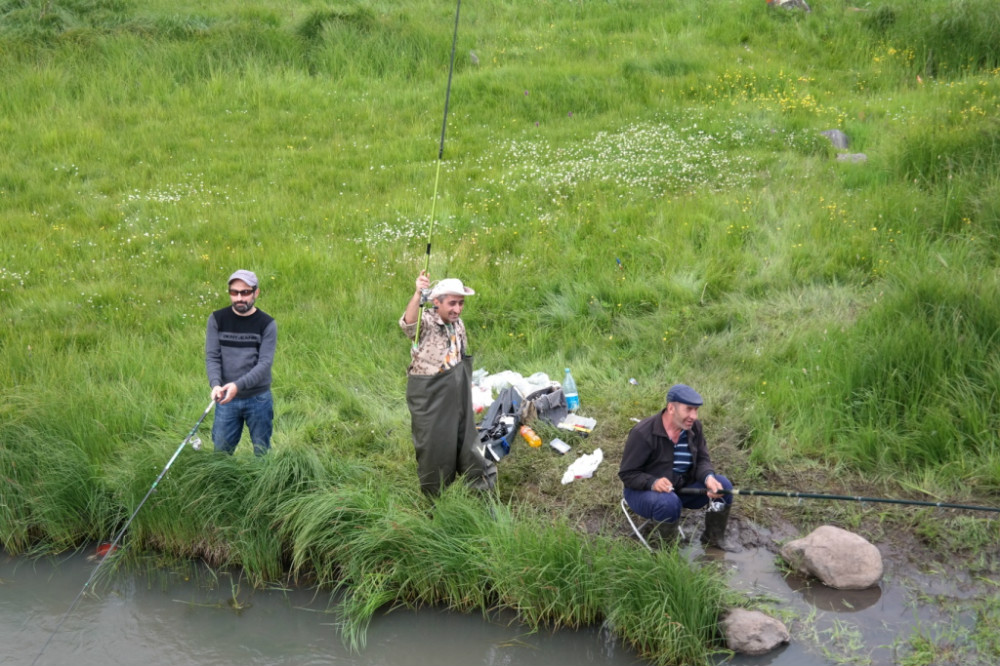
"We also organize birdwatching near the village of Shaghik, where Dalmatian pelicans live and the Akhuryan gorge, where they can see rare black storks. We want to build a birdwatching point. It'll be a small cottage from where people will be able to watch the birds without scaring them,” says Farzadyan.

The director of the National Park speaks about special equipment to be procured in the near future to prevent nighttime poaching. 15 inspectors and eight guards carry out their duty 24 hours a day without special equipment, which is particularly needed during the night.
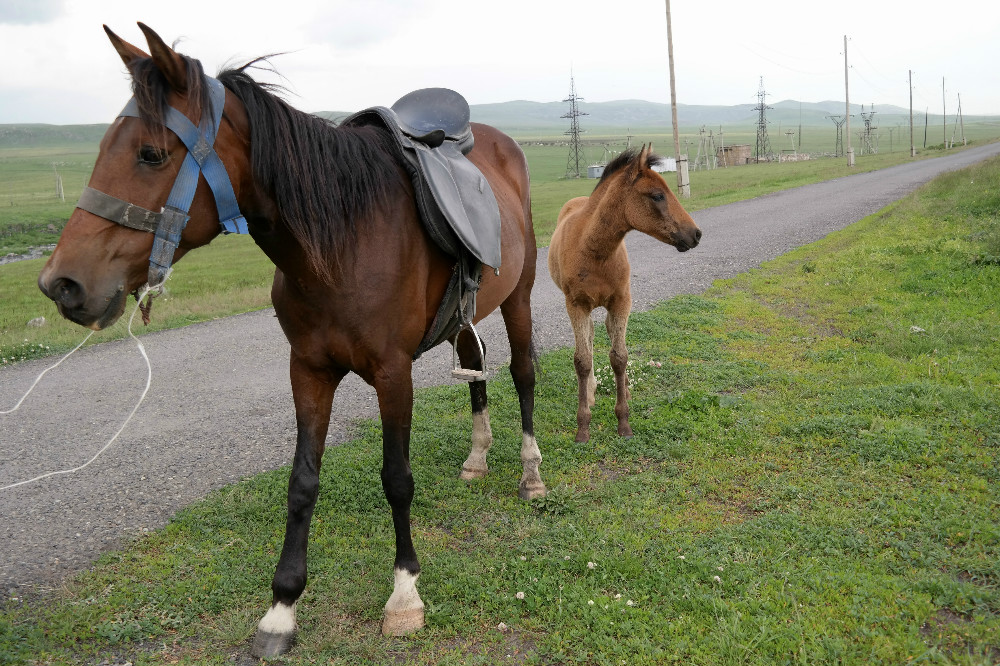
Environmentalists are concerned with irregular garbage disposal in rural areas, which occasionally creates problems for the lake as well.
Hovsep Simonyan says they clean the lake area constantly and watch the fishermen so that they do not leave garbage. Those who do are not allowed into the area next time, as their car plates get registered on the “black list”. Simonyan says garbage disposal is a very serious issue that requires a coherent approach and a caring attitude.
 Videos
Videos Photos
Photos
Write a comment